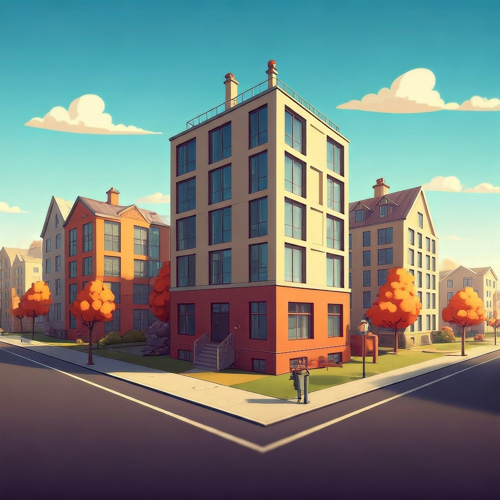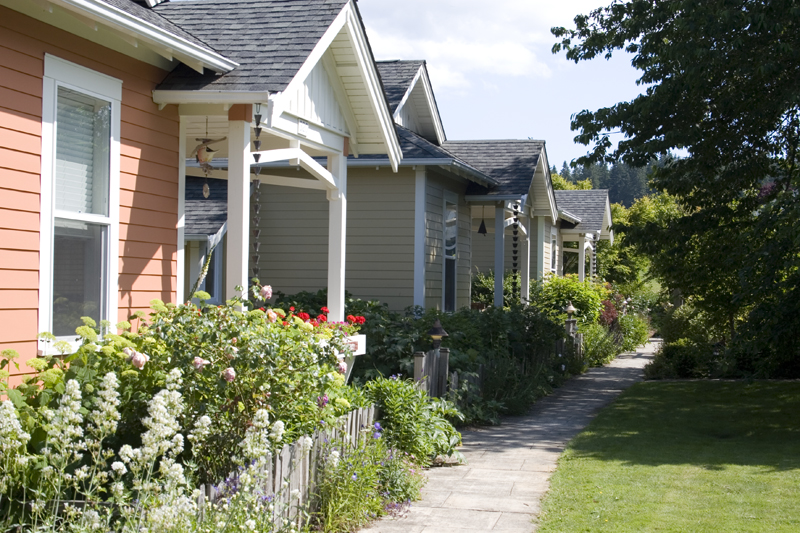California is facing a rapidly growing older adult population.
To address this demographic shift, the state launched the Master Plan for Aging (MPA) in 2021. The MPA is a 10-year plan with a vision for an age- and ability-forward California by 2030. In 2025, the MPA was refreshed with new initiatives and renewed commitments to support older Californians.
The California Department of Aging (CDA) recently released the Fourth Master Plan for Aging Annual Report and the 2025-26 MPA Initiatives. These documents highlight progress and outline the focus for the next two years. The MPA now includes 81 new initiatives across its five goals: Housing, Health, Inclusion & Equity, Caregiving, and Affording Aging. These initiatives address critical areas like expanding access to affordable senior housing, improving healthcare, supporting family caregivers, and promoting economic security .
The 2025-26 initiatives emphasize collaboration with counties to implement the MPA effectively. This includes supporting Area Agencies on Aging (AAAs) and strengthening Adult Protective Services. The MPA is committed to using data to track progress and ensure accountability . The MPA Implementation Tracker, a publicly available database, allows stakeholders to monitor the progress of each initiative.
The MPA continues to prioritize five key goals: creating more affordable and accessible housing options, improving the health and well-being of older adults, ensuring that all older adults have equal opportunities to age with dignity, supporting family caregivers, and promoting economic security.
The MPA is a dynamic plan that evolves with the changing needs of California’s older adults . The 2025 update demonstrates the state’s ongoing commitment to creating a California for All Ages, where older adults can thrive and age with dignity.



